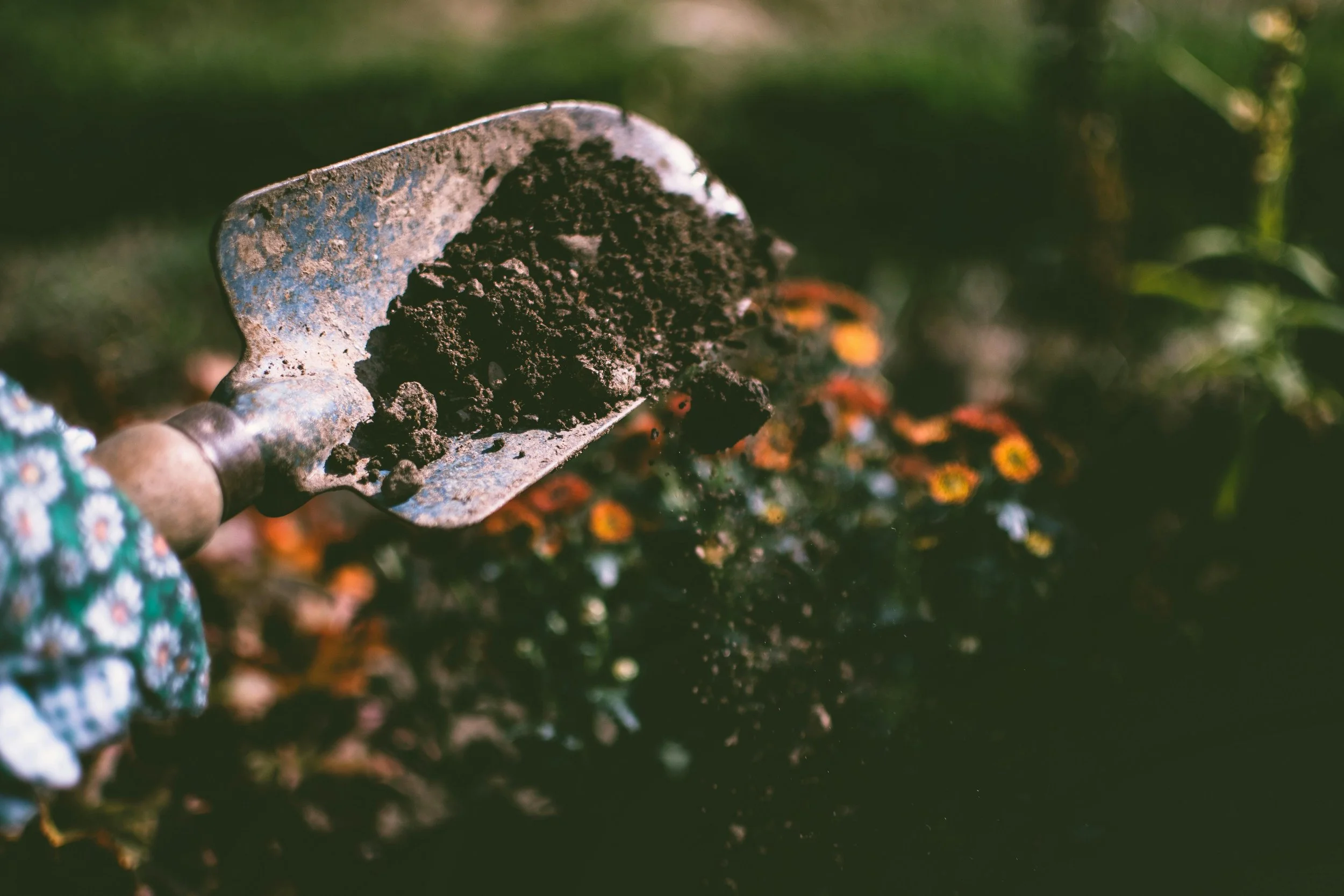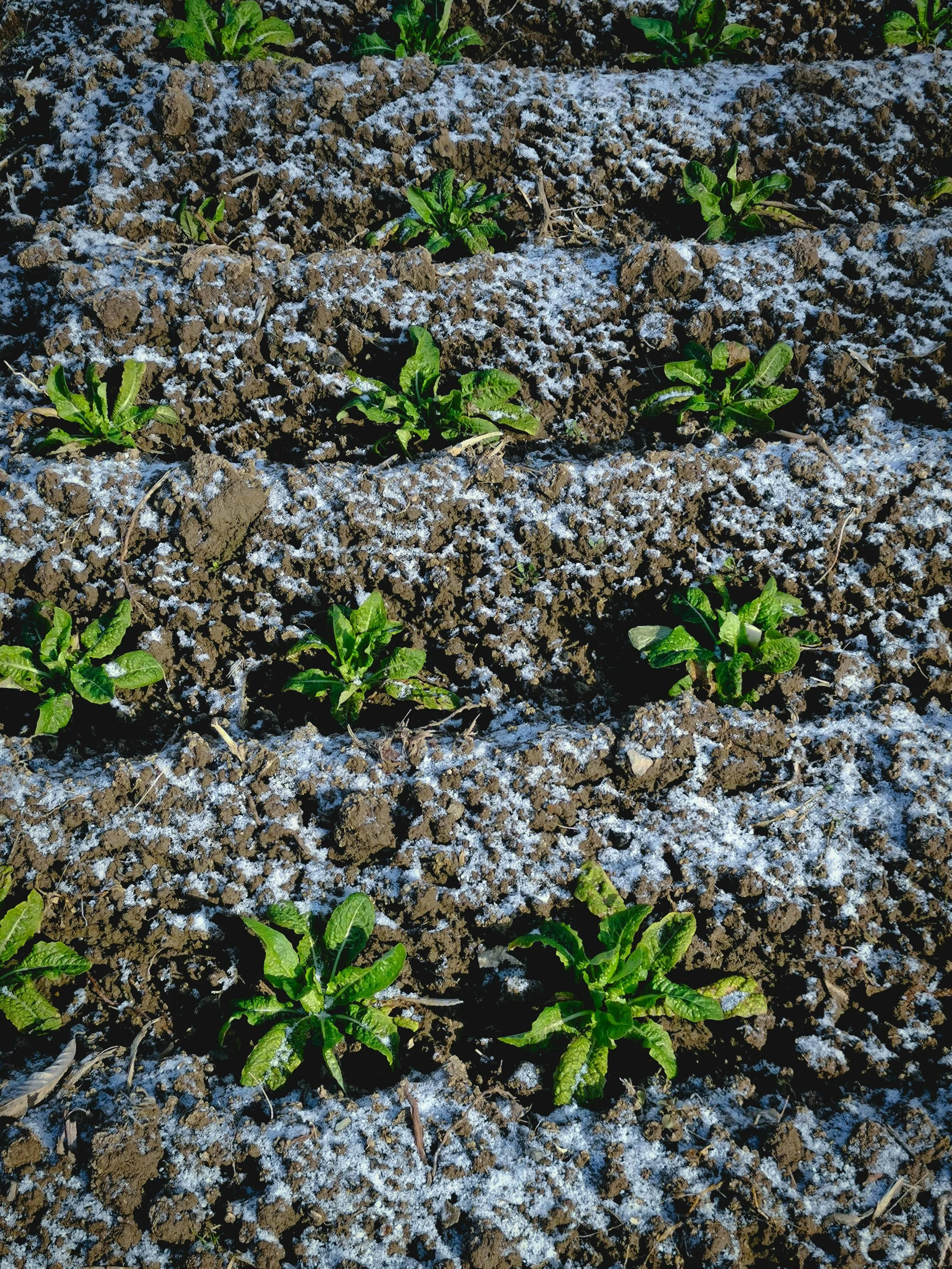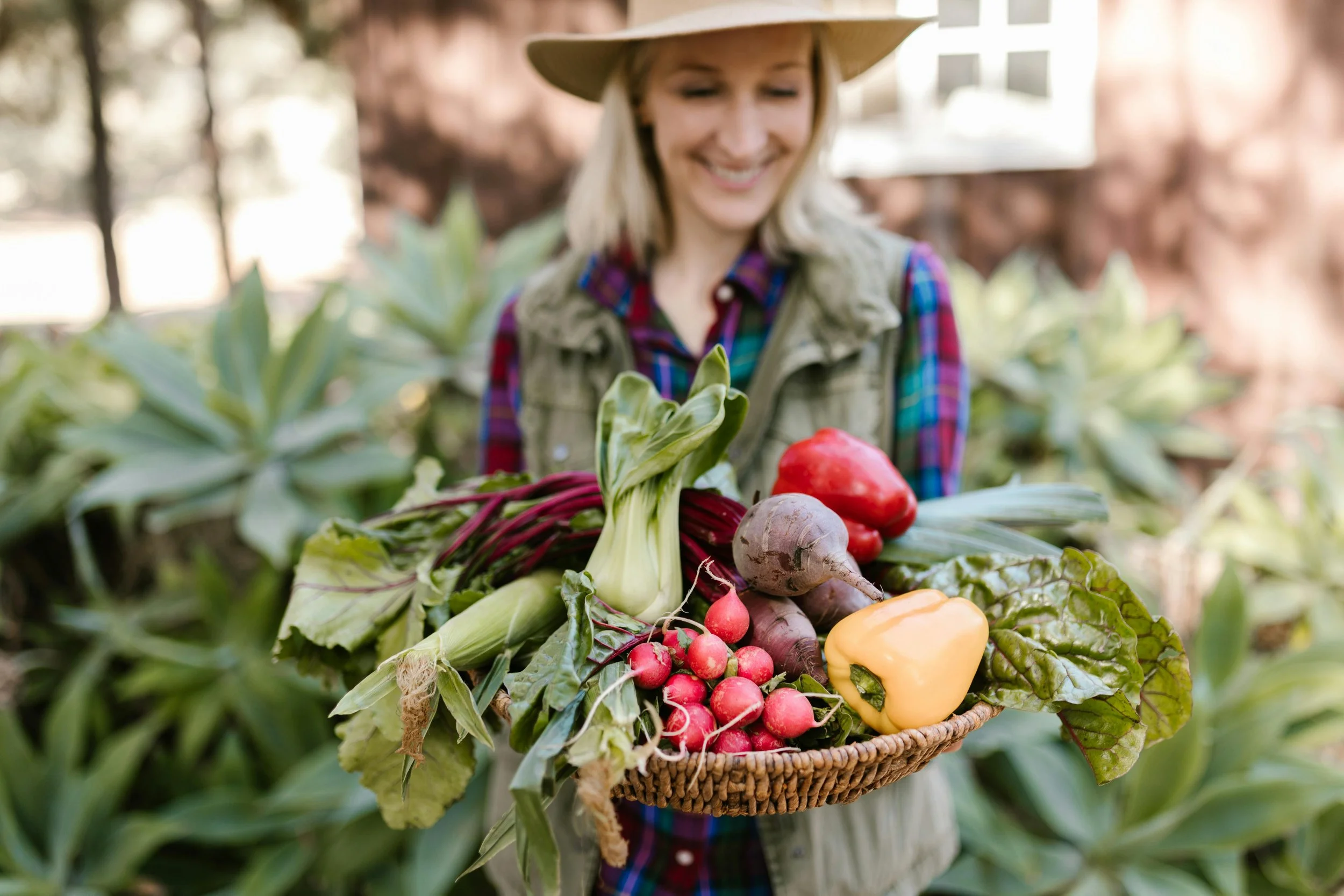Cheyenne, Wyoming Spring Garden Tips for Beginners
I’ve spent the last three springs trying (and mostly failing) to start a vegetable garden in Cheyenne. If you've ever wrestled with Laramie County’s high winds, short season, or late frost, then friend, you’re not alone. One year, I ambitiously planted only corn (just corn!), thinking I could keep it simple. That dream ended in a messy battle with weeds, aphids, and a realization: gardening here is an art and a science.
But every spring, I try again. And you should, too. Because even if all you've managed to grow is green onions in a pot—like me—you’re still a gardener. The goal of this post is to help you avoid some of my mistakes and feel inspired to dig into your own patch of soil this spring.
1. Know Your Frost Dates (They Matter!)
In Cheyenne, we’re playing by different rules than gardeners down south. Our average last frost date usually falls after Mother’s Day. That means planting too early—especially tender young plants like tomatoes or peppers—can lead to heartbreak. Late frost is a real threat. I learned this the hard way.
To be safe, check with resources like the University of Wyoming Extension or the Laramie County Master Gardeners for the most current last frost dates and guidance on what to plant and when.
2. Start Small (Really Small)
If you’re like me, your dreams are big. Raised beds! Fruit trees! Enough vegetable seeds to feed the entire neighborhood! But the best advice I can give is to start with one or two garden spaces, and plant what you’ll actually eat. That might mean herbs in peat pots, lettuce in seed trays, or a few flower beds to brighten your yard.
Want a win? Try green onions, Brussels sprouts, or native plants that handle hot temperatures, alkaline soils, and summer heat better than the fussy stuff.
3. Pay Attention to the Soil
Cheyenne’s garden soil tends to be dry, compact, and alkaline. To help your plants thrive, you’ll need to build that soil up over time. Add organic matter like compost or aged manure before planting. If you’re unsure what you’re working with, the Laramie County Master Gardeners offer site visits and soil testing through their application process.
4. Start Seeds Indoors or Shop Smart
Because of our short season in Cheyenne, starting seeds indoors gives your vegetable garden a running start. This is especially helpful for crops like tomatoes, peppers, and broccoli, which need a longer growing period than our climate naturally allows.
If you’re a beginner, don’t let the process intimidate you—it's completely doable with a few affordable tools and a bit of planning.
What You Need to Start Seeds Indoors
Here’s a basic beginner setup that can get you going without turning your kitchen into a science lab:
Seed trays or peat pots – Look for trays with cells and a bottom tray to catch water. Something like the Burpee Self-Watering Seed Starting Kit is beginner-friendly and mess-free.
Seed starting mix – This is different from regular potting soil. A good option like Miracle-Gro Seed Starting Pot Mix provides the light texture seedlings need to sprout.
Heat mat – Seeds like tomatoes and peppers sprout best with warm soil. A Seedling Heat Mat helps maintain the optimal temperature.
Grow lights – A sunny window can work, but for stronger seedlings, a full-spectrum LED grow light gives you better control. Hang it just a few inches above the seedlings and adjust as they grow.
Spray bottle – A gentle mist from a plant mister or spray bottle is perfect for keeping soil evenly moist without disturbing delicate seeds.
Plant labels – Use reusable plant markers or wooden label sticks to keep track of what you’ve planted—trust me, your future self will thank you when those mystery seedlings pop up!
What to Expect (and What Could Go Wrong)
Seed starting can be trial-and-error, especially in the beginning. I’ve killed more than my fair share of seedlings by overwatering, forgetting to rotate them toward the light, or just plain neglecting them.
If you’ve had the same fate—don’t worry! It’s not too late.
Cold-Weather Crops You Can Still Direct Sow
Even if your indoor seedlings didn’t survive, there’s still plenty of time to direct sow (plant straight into your garden beds or containers) cool-season crops. These thrive in the warmer soil of late spring but can handle a light frost, which makes them perfect for our Cheyenne weather.
Here are some great options you can still plant before our average last day of frost:
Leafy greens – Spinach, arugula, kale, and Swiss chard all do well in cool soil.
Root crops – Radishes, beets, carrots, and turnips are fast-growing and resilient.
Peas – Sugar snap and shelling peas love the cool air and can be sown early.
Brussels sprout – Slow-growing but hardy, perfect for planning ahead.
These crops are tough, forgiving, and rewarding—great for beginner gardeners still learning the ropes.
Not Into Seed Starting Yet? Shop Smart Instead
If indoor seed starting just isn’t your thing (or this season got away from you), you’re not out of luck. The Annual Plant Sale hosted by the Laramie County Master Gardeners is one of the best ways to get healthy, locally-suited plant starts. You’ll find vegetable seeds, herbs, native plants, and young plants that are already hardened off and ready for our windy Wyoming weather.
Plus, shopping at the sale supports members of the community, and you can get great advice on how to care for your new plants directly from local expert gardeners.
5. Protect Your Plants
Between high winds, late frosts, and the occasional hailstorm, your garden needs backup. You can use simple solutions like row covers, a hoop house, or just old blankets on cold nights. Mulch—especially winter mulch—can help retain moisture and protect new growth from drying out. Think of it as armor for your young plants.
Here are a few links to lead you on your search during the early frosts.
A hoop house adds an extra layer of protection against sudden temperature drops and spring hail.
Lay down a thick layer of winter mulch to shield roots and hold in moisture during harsh conditions.
Lightweight row covers or a sturdy cold frame can guard tender seedlings from frost and wind while letting in light and moisture.
6. Get Involved and Ask for Help
You don’t need to be an expert gardener to succeed, but it sure helps to know one! Luckily, Cheyenne is full of helpful groups like the Laramie County Master Gardeners, Cheyenne Urban Forestry Division, and various neighborhood crews and contractors. Some programs offer free trees, help with tree species selection, and advice on planting at the right time.
There are even programs with income guidelines for assistance. If you're curious, stop by Holliday Park during one of the city’s spring events or look into the city's new licensing and tree planting application process.
7. Embrace the Process
Every mistake I’ve made—planting too early, using the wrong soil, underestimating weeds—has taught me something. Gardening in Cheyenne is not about perfection. It’s about progress, patience, and finding joy in all the little pieces of the process.
Whether your garden’s a couple of pots on a porch or a future food forest, your work matters. You’re contributing to your home, your health, and maybe even your entire neighborhood.
Looking Ahead
Ready to dig deeper? Whether you're dreaming of fresh herbs on your windowsill or curious about what to plant next, there's more to come! Stick around for:
Gardening in Cheyenne isn’t always easy—but it’s always worth it. Let’s grow together, one season at a time.



